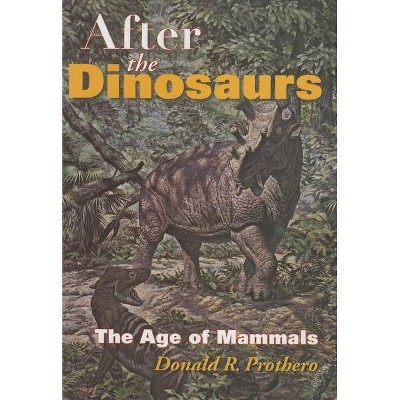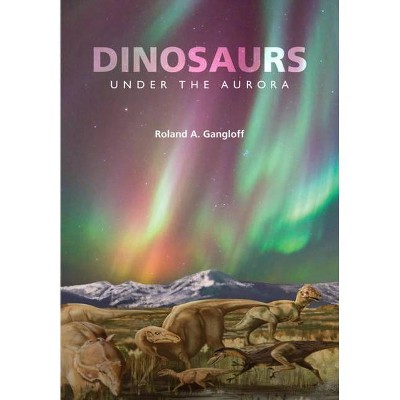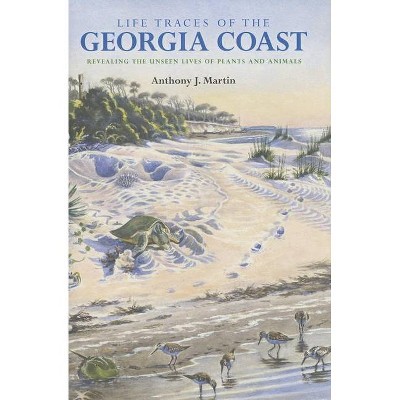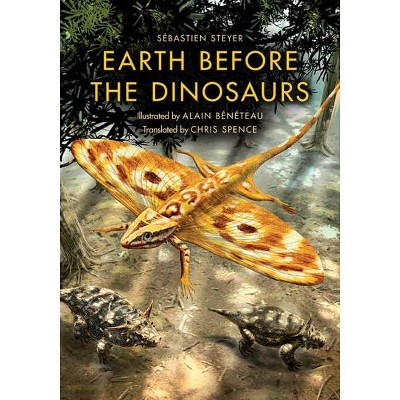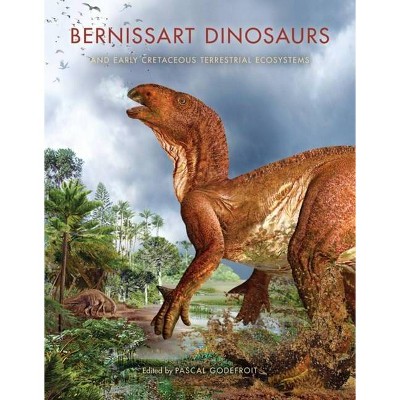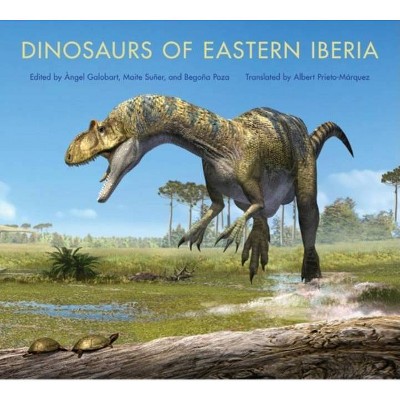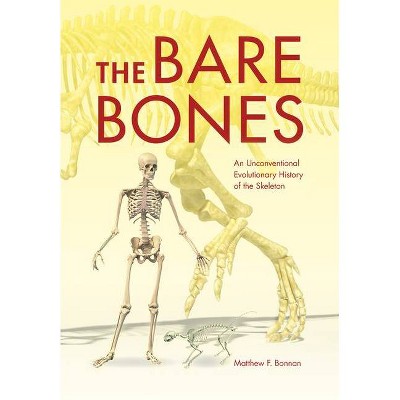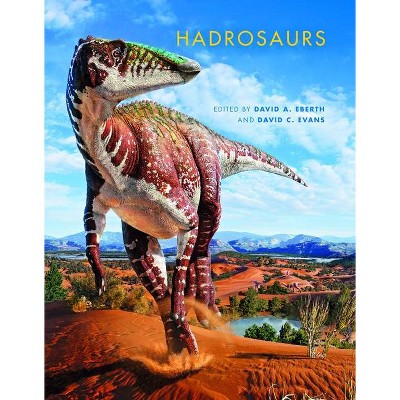Biology of the Sauropod Dinosaurs - (Life of the Past) by Nicole Klein & Kristian Remes & Carole T Gee & P Martin Sander (Hardcover)
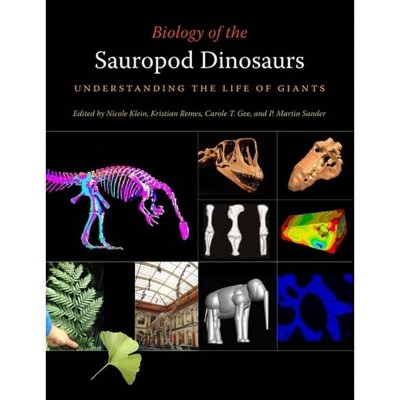
Similar Products
Products of same category from the store
AllProduct info
<p/><br></br><p><b> About the Book </b></p></br></br>Covering nutrition, physiology, growth, and skeletal structure and body plans, this volume presents the most up-to-date knowledge about the biology of these enormous dinosaurs.<p/><br></br><p><b> Book Synopsis </b></p></br></br><p>Sauropods, those huge plant-eating dinosaurs, possessed bodies that seem to defy every natural law. What were these creatures like as living animals and how could they reach such uniquely gigantic sizes? A dedicated group of researchers in Germany in disciplines ranging from engineering and materials science to animal nutrition and paleontology went in search of the answers to these questions. <i>Biology of the Sauropod Dinosaurs</i> reports on the latest results from this seemingly disparate group of research fields and integrates them into a coherent theory regarding sauropod gigantism. Covering nutrition, physiology, growth, and skeletal structure and body plans, this volume presents the most up-to-date knowledge about the biology of these enormous dinosaurs.</p><p/><br></br><p><b> Review Quotes </b></p></br></br><br><p>Biology of the Sauropod Dinosaurs . . . is full of new hypotheses and will enliven debates on sauropods for many years to come.</p>-- "Geological Magazine"<br><br><p>Comprehensive.</p>-- "New York Times"<br><br><p>In an effort to explain why and how the largest of the sauropod dinosaurs achieved their gargantuan size, a group of German and Swiss researchers worked together to explore dinosaur gigantism. The 38 authors included here are not just paleontologists but also specialists in zoology, animal nutrition, bone histology, computer modeling, and geochemistry, to list only some of the areas of expertise involved. Approaching the biology of the sauropods from four different perspectives-those of physiology, nutrition, growth, and construction-the researchers offer readers an integrated view representing the highlights of their seven years of multidisciplinary examination. Filled with 183 illustrations, including detailed diagrams, graphs, and schematics, this is a unique reference work. Verdict While the book appears to be dauntingly scientific, it is actually remarkably accessible, even for the nonscientific reader. Dinosaur lovers will find it very interesting, while scientists will be deeply impressed by the research and results of the multidisciplinary approach.-Gloria Maxwell, Metropolitan Community Coll.-Penn Valley, Kansas City, MO</p>-- "LIBRARY JOURNAL"<br><br><p>The 18 articles in this collection are the fruit of seven years of collaborative effort, and shed much light on sauropod anatomy and physiology. . . . A valuable acquisition for college libraries. . . . Highly recommended. September 2011</p>-- "Choice"<br><br><p>This book is highly recommended for any library with natural history collections. It is a superb compendium of the latest sauropod research at a reasonable price.</p>-- "American Reference Books"<br><br><p>This is a beautifully produced volume that will prove invaluable to anyone interested in the biology of Mesozoic vertebrates.</p>-- "Qtly Review of Biology"<br><br><p>While the book appears to be dauntingly scientific, it is actually remarkably accessible, even for the nonscientific reader. Dinosaur lovers will find it very interesting, while scientists will be deeply impressed by the research and results of the multidisciplinary approach. August 5, 2011</p>-- "Library Journal"<br><p/><br></br><p><b> About the Author </b></p></br></br><p>Nicole Klein is a vertebrate paleontologist at the University of Bonn who specializes in sauropodomorph dinosaur bone histology and marine reptiles from the Middle Triassic Muschelkalk deposits of Central Europe. She has done extensive fieldwork in many parts of the world, including Alaska and Nevada in the United States, and Ethiopia.</p><p>Kristian Remes has studied sauropodomorph anatomy, functional morphology, and phylogeny. He played a major role in the remounting of the famous Brachiosaurus skeleton in the newly renovated Dinosaur Hall at the Museum für Naturkunde in Berlin. He is now a program director at the German Research Foundation (DFG).</p><p>Carole T. Gee, a senior research scientist at the University of Bonn, has worked on the Mesozoic flora for the last 25 years. She is the Research Unit's paleobotanist and answers questions on sauropod herbivory and the Mesozoic vegetation. Her research applies the knowledge of living plants and their ecological preferences to the interpretation of fossil plants and their habitats, and also includes studies on Eocene mangroves, Tertiary fruits and seeds, and plant taphonomy. </p><p>P. Martin Sander is a professor of vertebrate paleontology at the University of Bonn and head of the DFG Research Unit 533 Biology of the Sauropod Dinosaurs: The Evolution of Gigantism. His research interests are the major events in the evolution of tetrapod vertebrates and how the fossil record helps us to understand them. His core expertise is the microstructure of dinosaur bone and the diversity and evolution of marine reptiles.</p>
Price History
Cheapest price in the interval: 25 on October 22, 2021
Most expensive price in the interval: 25 on December 20, 2021
Price Archive shows prices from various stores, lets you see history and find the cheapest. There is no actual sale on the website. For all support, inquiry and suggestion messagescommunication@pricearchive.us
